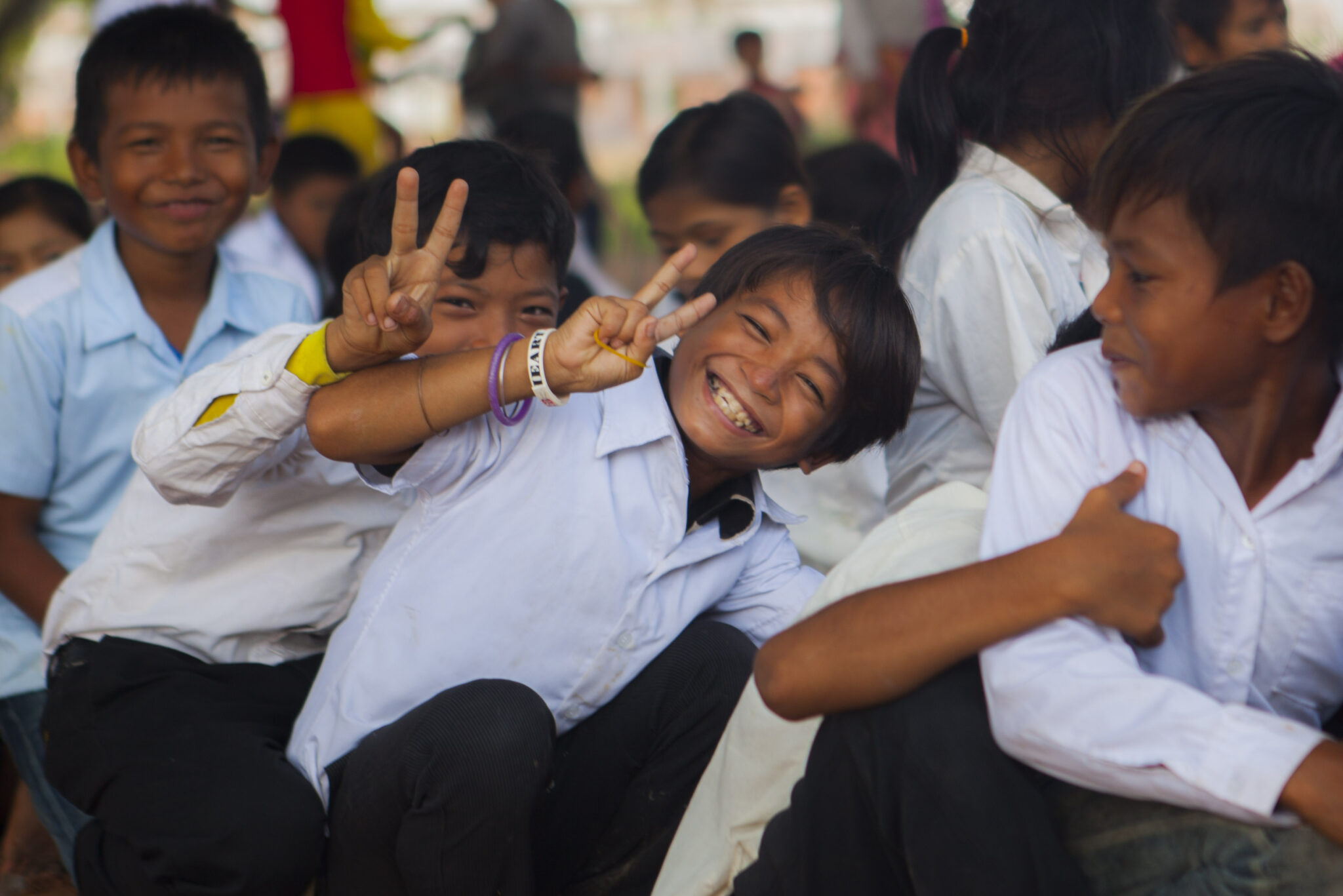Empowering Cambodia’s Street Children: A Journey of Transformation Through Education
In Cambodia, a nation marked by significant economic growth, a poignant disparity persists. Despite progress, a substantial number of children find themselves living on the streets, grappling with adversity. This article delves into the root causes of Cambodia’s street children, their vulnerabilities, and the pivotal role that education can play in reshaping their destinies.
Street Children: Root Causes
According to the NGO Friends International, there are an estimated 10,000 to 20,000 street children in Cambodia, with Phnom Penh, the capital city, having the largest concentration. Often homeless, they engage in activities such as begging, scavenging, or informal labour to sustain themselves.
Several factors contribute to the prevalence of street children in Cambodia. Primary among these is poverty, a leading cause of homelessness and street life among children. Many impoverished families are unable to provide for their children, forcing them to fend for themselves on the streets. Concurrently, family problems, such as domestic violence, divorce, and parental neglect, can propel children to seek refuge on the streets.
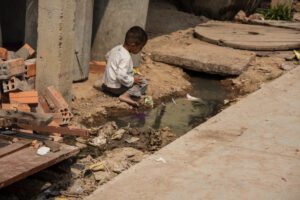
Moreover, the migration of rural populations to urban areas in pursuit of better opportunities creates a scenario where children are often left to roam the streets, as their parents struggle to find work and stable housing. Additionally, insufficient access to education forces many children into the streets, as they have no alternative means of survival.
Challenges faced
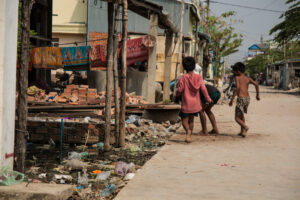
Living on the streets exposes children to a variety of dangers, including physical dangers, health risks, and mental health challenges. Street children find themselves susceptible to accidents, violence, and various forms of abuse. Engaging in hazardous works, such as scavenging for recyclable materials in garbage dumps, places them in situations where injuries and diseases become imminent risks. Health hazards extend to unsanitary conditions, malnutrition, and a lack of access to medical care, increasing their vulnerability to illness and diseases. Mental health challenges are also not an exception. The harsh realities of street life can lead to psychological trauma, depression, and anxiety among street children. Street children are at high risk of being exploited by traffickers and criminals, who take advantage of their vulnerable situations, further compounding the risks they face.
The Transformative Power of Education
Education serves as an empowerment tool, equipping street children with knowledge, skills, and confidence to break the cycle of poverty and homelessness. Attending school provides street children with a sense of belonging, and helps them form healthy relationships with peers and adults. Vocational education enables street children to acquire practical skills that can lead to stable employment and financial independence. Schools become haven, offering psychological support and counseling to address the mental health needs of street children. Access to education reduces vulnerability, keeping more children away from the perils of street life.
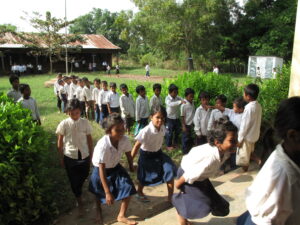
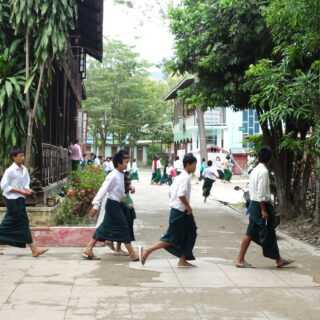
In order to improve efforts in education access for street children, organisations and initiatives are working to improve access to education for street children in Cambodia. Some notable efforts include Friends International, a non-profit organisation that provides education, vocational training, and social reintegration services to street children and their families. Friends International has established ChildSafe Spaces and Mobile Schools to reach children in the most marginalised communities.
Mith Samlanh is another programme run by Friends International, Mith Samlanh offers non-formal education and life skills training for street children. The programme also provides outreach services, including family support and reintegration assistance.
Despite these efforts, challenges persist, requiring increased investment, awareness campaigns, and a collective push for inclusivity.
Addressing Challenges and Promoting Inclusivity
Insufficient resources, lack of awareness, societal stigma, and discrimination present hurdles in providing effective education for street children. Collaborative efforts involving government agencies, NGOs, and private sector partners are crucial to expanding and strengthening educational programs. Addressing societal attitudes and promoting inclusivity are vital steps toward ensuring equal access to education. Investments in infrastructure and resources, coupled with initiatives like Children of the Mekong, contribute to creating safer and more accessible educational facilities

In conclusion, education has the power to transform the lives of street children in Cambodia. Providing access to quality education and supportive services empowers these vulnerable children to overcome the challenges, break the cycle of poverty, and ultimately, build a brighter future. Collaborative efforts between government agencies, NGOs, and private sector partners are essential to address the challenges and ensure that every child has the opportunity to succeed.
If you want to travel in Asia and give sense to your trip, get off the beaten track to find and enjoy more authentic experiences…. If you want to have a positive impact on the country you are visiting? Sponsoring a child and going to meet them is probably the best way to include your trip in an ethical, solidarity-based and long-lasting approach!
